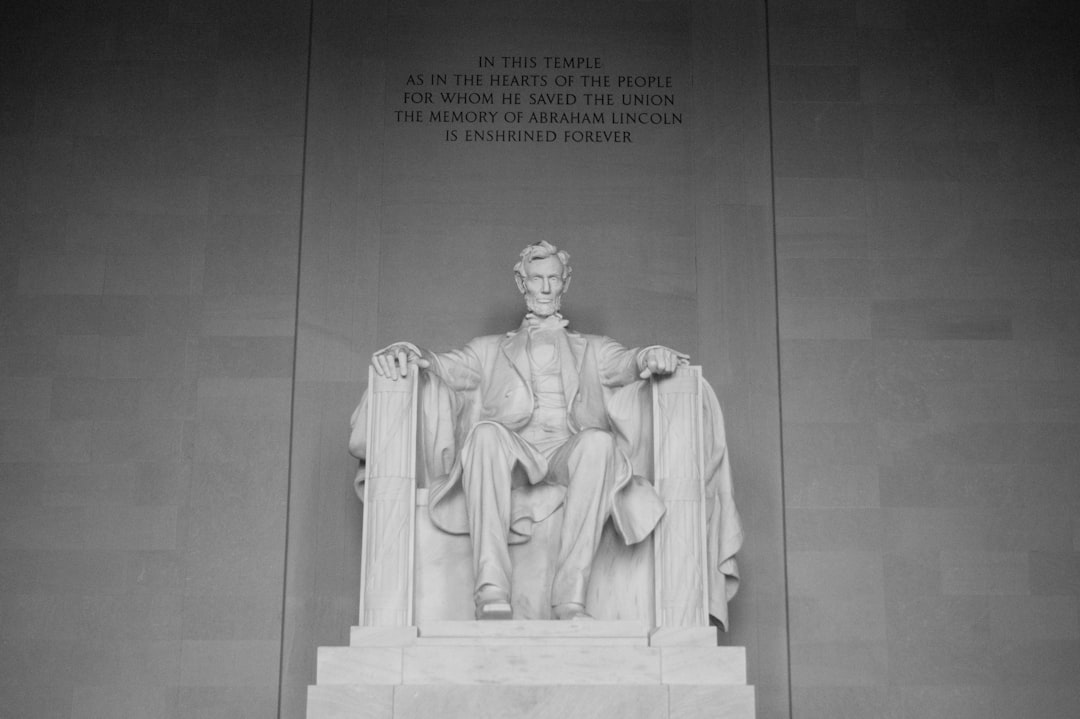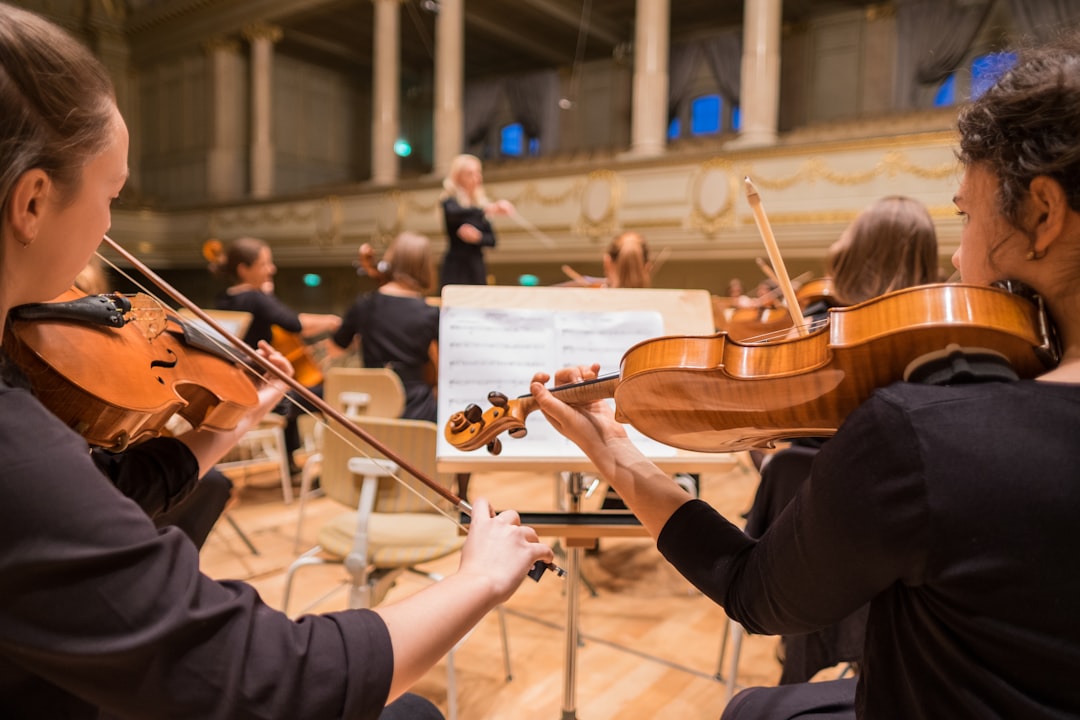What is it about?
Located in primary schools in Soweto township in South Africa, the article is an ethnographic account and analysis of the unique multimodal musical games that children typically play on the playground. These games represent complex, mixed music and dance practices that draw on the musical, linguistic and movement resources children find in their musical environment. Their 'mixing and matching' creative practices demonstrate children's ability to source, design and redesign musical games, creating their own musical worlds closely linked to their sociality, to gender and identities.
Featured Image
Why is it important?
The innovative, generative nature of township children’s musical games is emphasised, particularly in relation to multimodality, in order to recommend that music education take cognisance of children’s musicking outside the classroom. I argue that children’s active engagement with music deserves attention by music educators and researchers, and that musical games be recruited as resources for pedagogy to develop the design capacities and skills that children’s musical play embodies.
Read the Original
This page is a summary of: Bana etlong retlobapala: examining children's musical games on a Soweto playground, Journal of Musical Arts in Africa, January 2014, Taylor & Francis,
DOI: 10.2989/18121004.2014.995438.
You can read the full text:
Contributors
The following have contributed to this page










